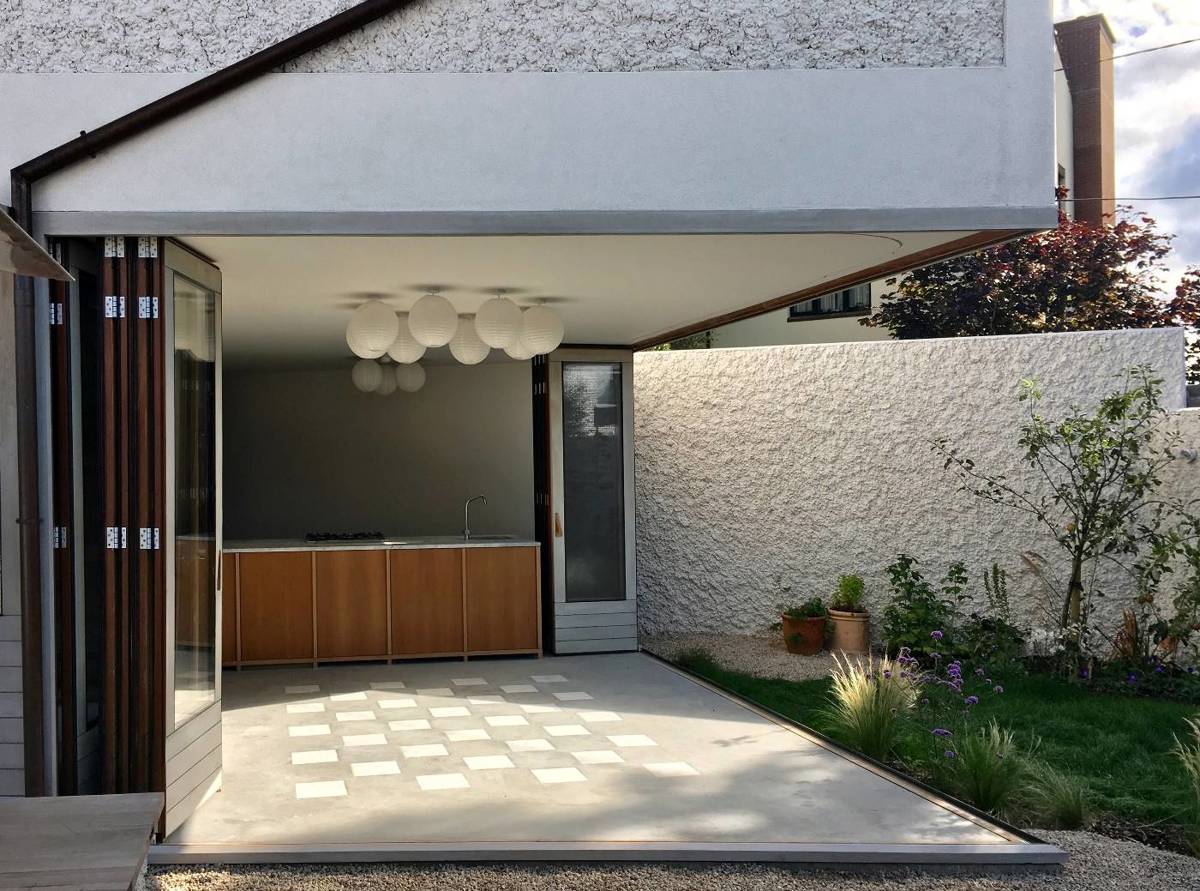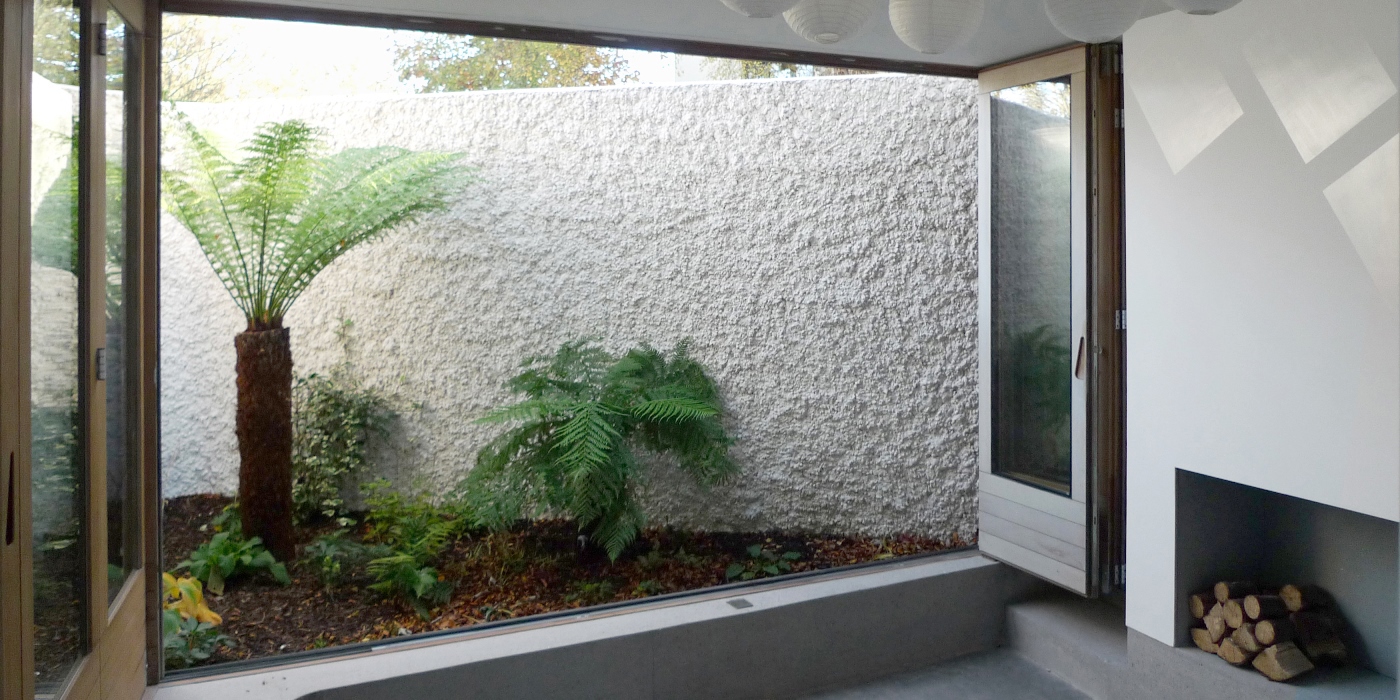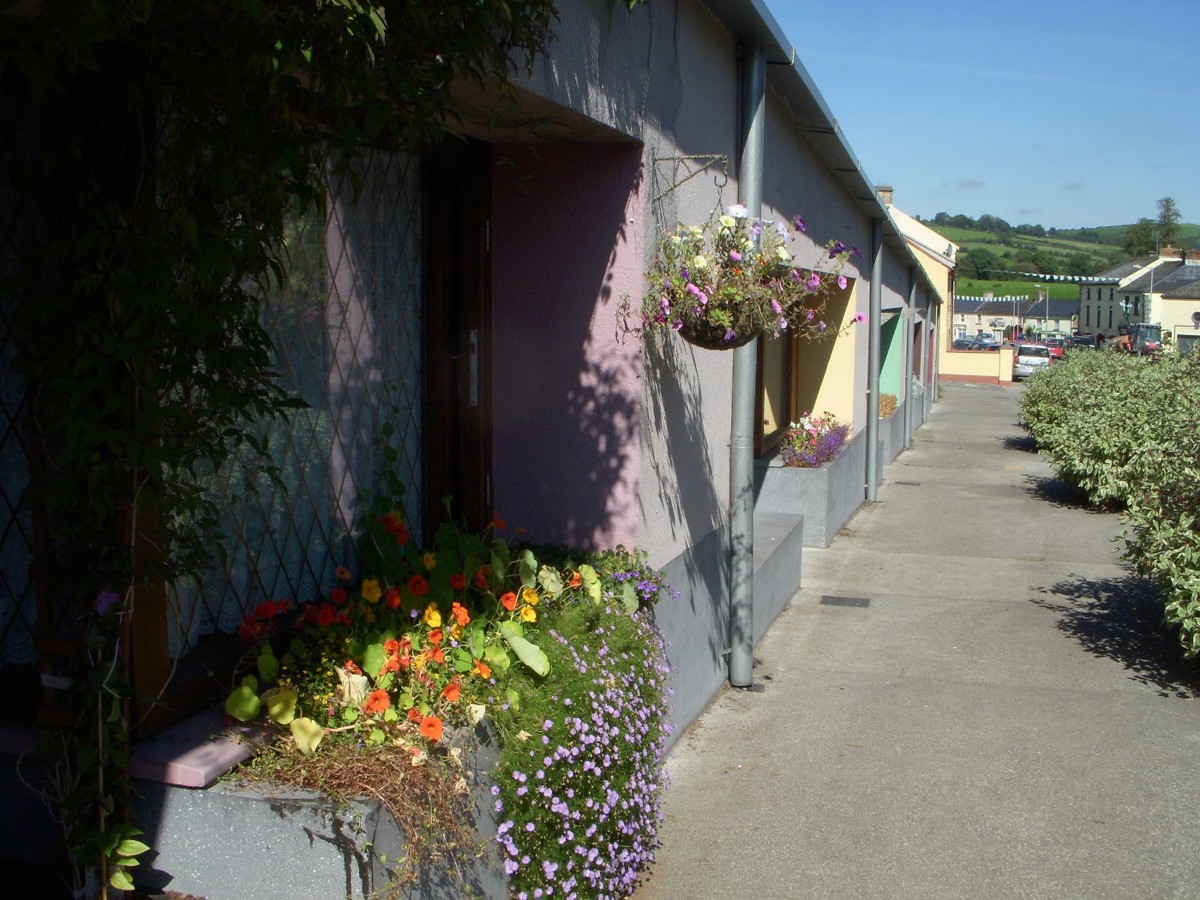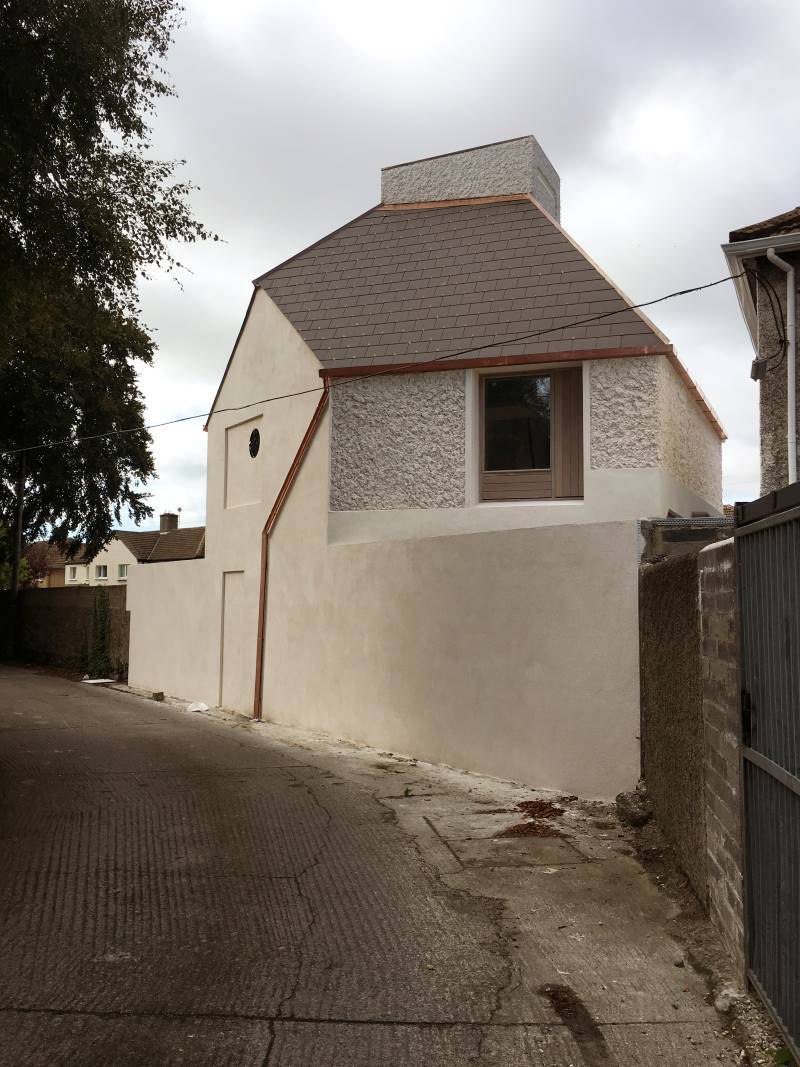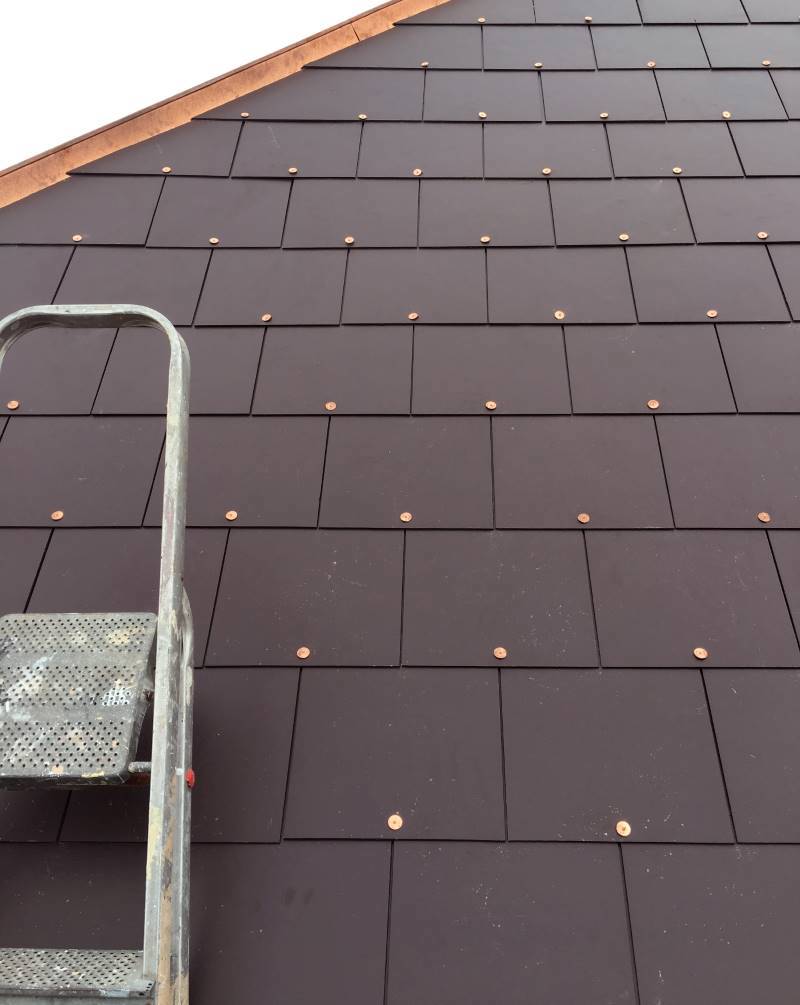SAMPLES
 Receive your sample
Receive your sample
 Receive your sample
Receive your sample
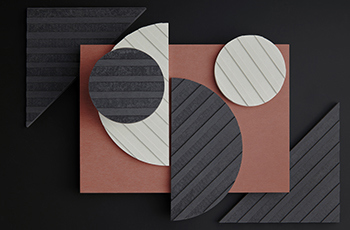 Know more
Know more
 Read now
Read now
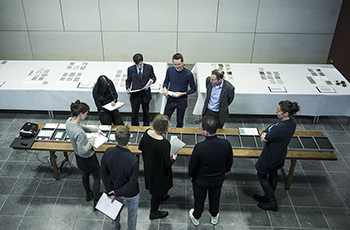 Request a CPD
Request a CPD
 Find out more
Find out more
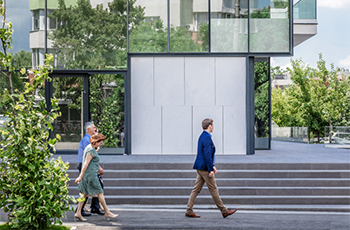 Contact us
Contact us
 Watch now
Watch now
 Know more
Know more
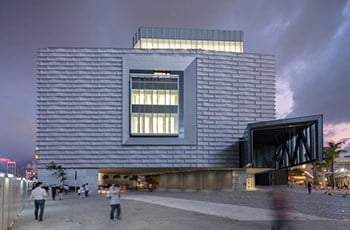 Know more
Know more
81 Hollybrook Grove, Clontarf, Dublin 2007 – 2017
David Leech
Photographs – copyright David Grandorge (2, 3 & 4), Agnes Elvin (10) and David Leech, courtesy David Leech Architects
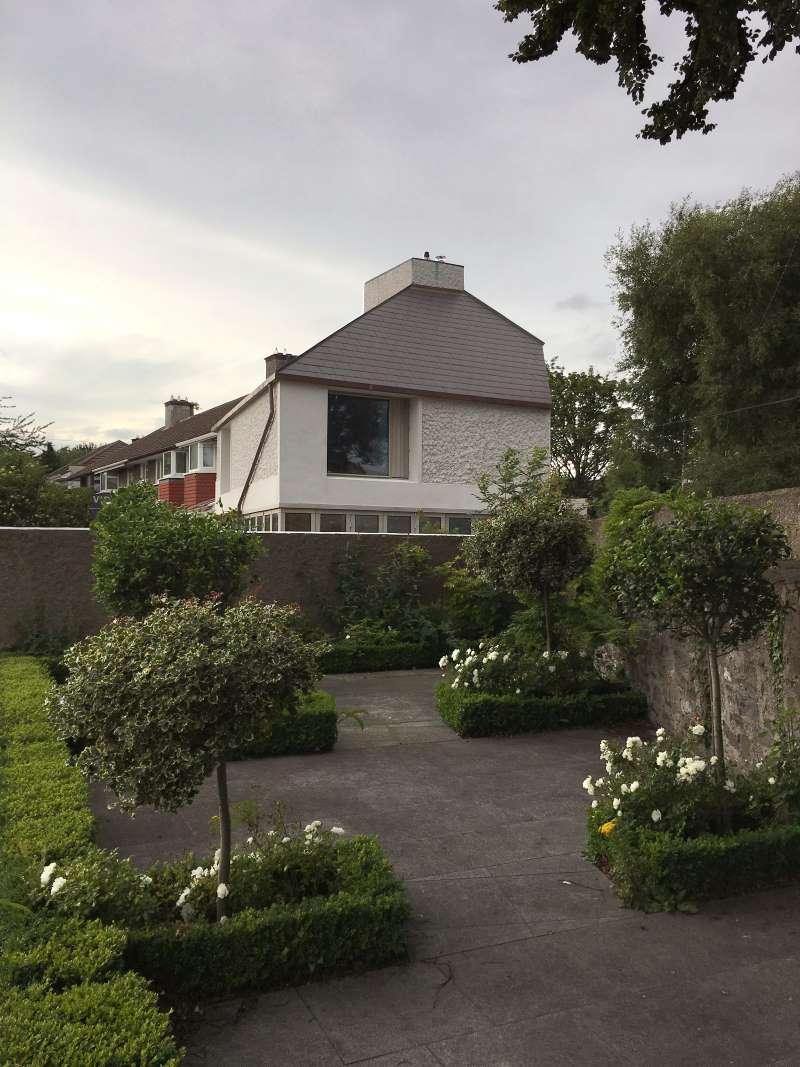
When last has there been such a lovely, dumpy, cuddly little thing built? Not just in Ireland, but in the whole wide world? That’s what the jury at the World Architecture Festival must surely have asked itself (disclosure: I was a judge in another category, for best villa) before awarding David Leech Architects the winner of the best house in the world category at WAF Amsterdam before Christmas 2018 for its very first building.
First projects are often freighted, overloaded with everything that has to be let go of. But there is something, almost – what is it? – slightly short-changed? – about this baby in Clontarf that just wants you to cuddle it. Depending on your perspective, it may look at first like it’s missing a limb, but it’s actually an architectural ballerina, possessed of the most exquisite grace.
To me, it speaks of old dreams that go back to the foundations of what might have been an alternative history of modernism. Skyhooks and Raumplan. That’s one really weird Soviet-Mitteleuropa mashup visited upon us here, in miniature, a century later in suburban northside Dublin. Yet nor is the structural solution unconnected to one of the houses built at Sea Ranch in northern California in the 1960s – a recent, post-design, discovery by Leech that he shared with brio when we met at his east London studio.
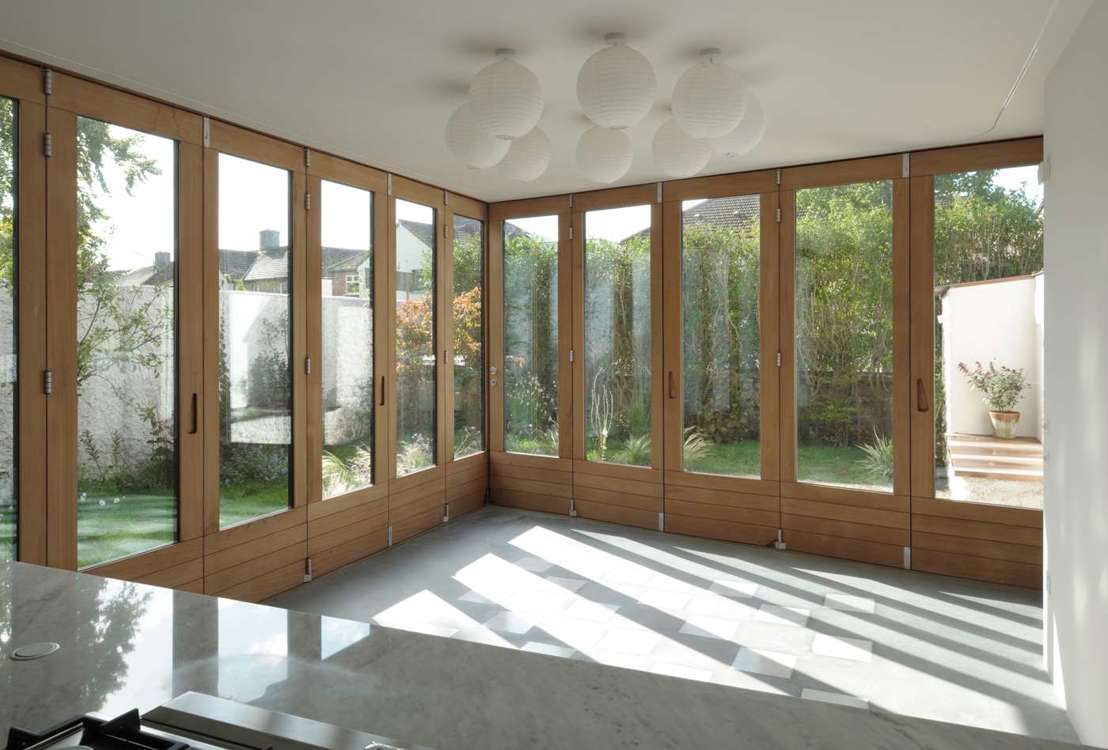
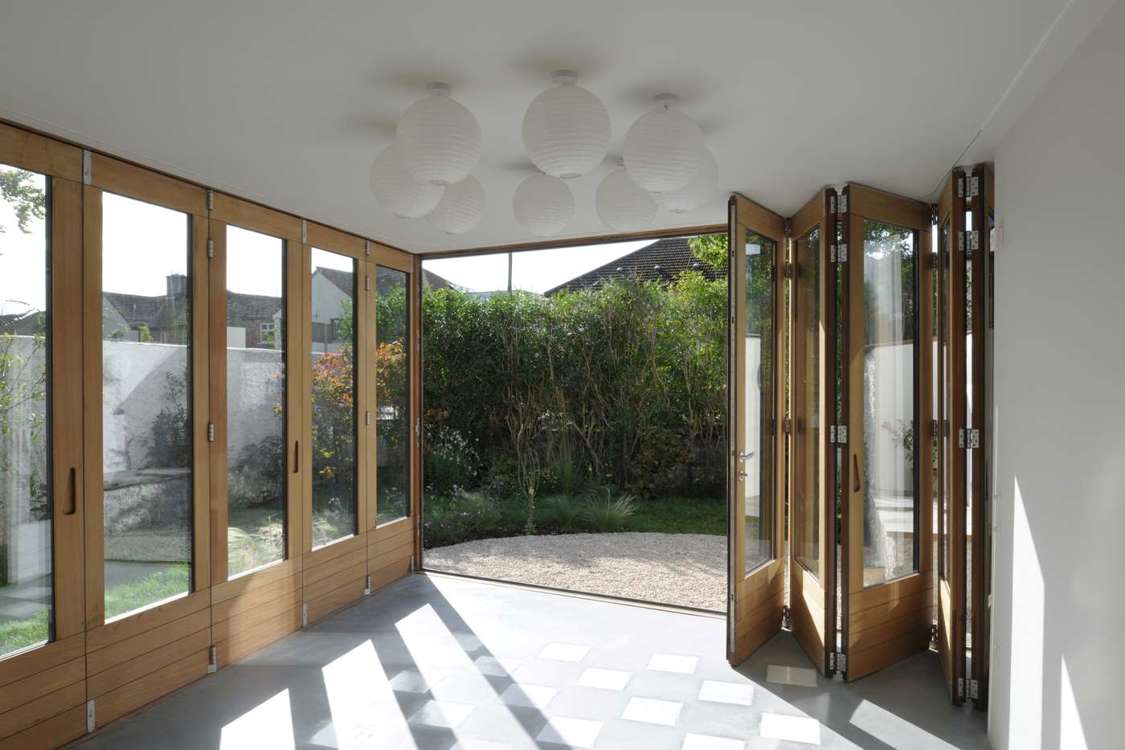
This is a radical translation of the ordinary suburban house, built economically, using everyday materials and techniques, yet amplified and exaggerated to become something at once ambiguous but familiar. “The Smithsons were an influence,” says Leech. “My doors are a literal translation from their Upper Lawn Pavilion in Wiltshire of 1959-62. There can’t be any deflection in the cantilever or moisture movement in the timber doors, which are top hung, or they will jam. The roughcast is not like old pebble dash but more akin to the rough sculptures of the Swiss, Hans Josephsohn. We put our energy into assembly, rather than expensive materials. The key to the roughcast was a lot of wet render with different-sized white granite chips, varied from 5-30mm. Much more render than stone. I wanted it to look like cauliflower, really irregular.”
He pauses to praise his builder, Dublin GAA hurling coach Shay Boland. “We looked at materials and texture and assembly of components, taking inspiration from the applied arts movement of the Arts and Crafts. A crafted architecture was out of the budget, but instead we looked at assembly, which did not cost anything extra, except our time. Chimney stacks could be more than to house flues, but also accommodate rooflights and ventilation, for example.
“I’m really happy with the roof, how it turned out. The original plan was for diamond-shaped natural slates. But value engineering always makes the project better – it’s all about, and for, the client. The 120mm copper standing seams were lovely, glinting, for the first few weeks – I’m waiting now for them to go green. Because the standard rivet hole in the heather-coloured fibre-cement slates was tight, the second [purely decorative, installed upside-down as a signifier that turns the fixing “inside out”] copper crampion won’t slip out. I got the idea from Otto Wagner. By showing the mechanical fixing, you show it’s a cladding material, that it’s not a stone.” Copper downpipes are used to draw figures across blank parts of the façade, reminiscent of a line drawing. Where the house meets the laneway a simple gable is projected with the image of a doorway and window set in relief.
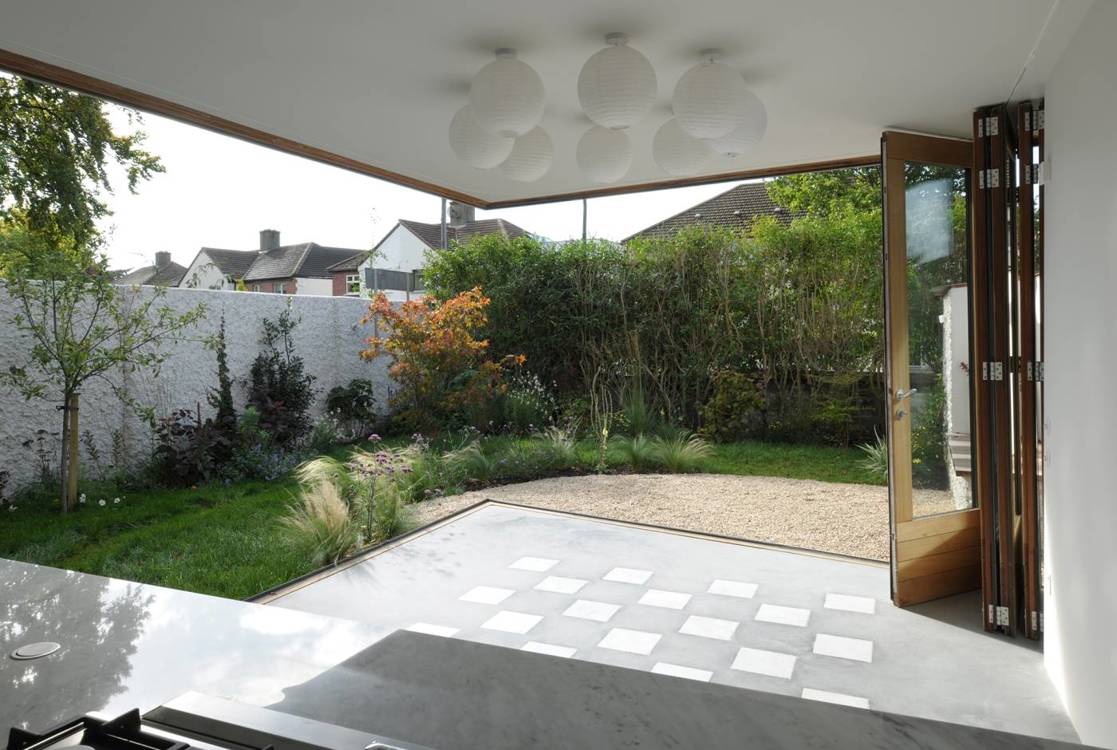
He calls his approach “richly economical”. “I have realised that what has happened over the last century, with the reversal of expenditure in construction works from material to labour, means a crafted architecture is beyond the means of most everyday budgets, due to the increased cost of labour. Sometimes the ordinary can be transformed into the extraordinary. We enjoy seeking novel ways at looking at what some may consider the everyday and banal, and through new juxtapositions, exaggeration and subverted associations, seek to articulate something special.”
Associations abound in this “sprezzatura” work: other garden houses that straddle a wall, obviously, including the forementioned Upper Lawn Pavilion, but also Mies van der Rohe’s first project, the Riehl House in Potsdam of 1907, among many other things. The one that warms my heart most, however, is prompted by Agnes Elvin’s charming photograph showing a flimsy balloon-lamp chandelier appearing to function as a flotation device that enables the “upper bungalow” almost to levitate – a witty inversion of the balloons that carried another much-loved home up, up and away in Pixar’s tenderly observed animated film, UP!
